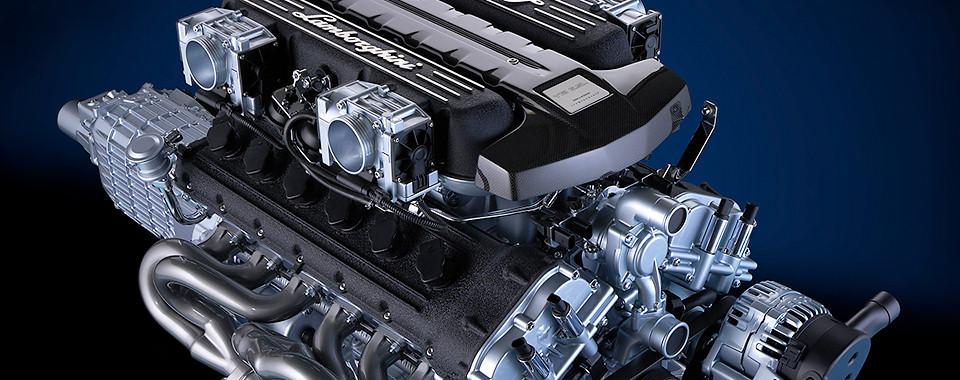 |
What's New
|
Customers
|
Dealers
|
Press
|
About Us
|
Blog
|
Français
|
Deutsch |
 |
|
A Revolution Benefits Comparison Data Sheet/Specification
Hartblei Lenses
Accessories
Buying Hartblei |
Technical Information (Part 2)
Hartblei Superrotators are true digital lenses!
The format of todays digital lenses is still being determined by the original specifications of the first Leica camera that
used the 35 mm format. The flange focal distance of the lenses depends on the lensmount and differs between 44.5 mm (MinoltaAF=Sony Alpha)
and 47 mm (Leica R).
With modern digital sensors you will, however, experience a new phenomenon: typically the light beam hits the sensor very slanted
in the corners of the full format (24x36 mm) sensor. Sensors using the "Bayer scheme" to arrange the pixels may be be hit so badly
that in addition to the physical light falloff a shadow further darkens each pixel and cause chroma borders ("Microlens Cornershading"). All full format
sensors no matter if Canon, Nikon or Sony suffer from this problem, but also smaller (16x24mm) APS-C Size Sensors who only make use of the so-called
"sweet spot" of the normal 35mm lenses struggle with the smaller Pixel size (and resulting problems) in this sensor class.
Hartblei Superrotators are the only lenses for 35 mm cameras that have been originally constructed for medium format cameras.
Using a longer distance (at least 30 mm longer) between the sensor and the glass of the lens allows for the unique 2x360 degrees
turnable Shift and Tilt mechanism. Also the angle is more straight by which the light hits the sensor, eleminating the effects
mentioned before almost completely.
No Matter if used with or without "Shift" or "Tilt", the sensor captures just the "sweet spot" of the original medium format lenses, enhancing the quality significantly.
Other Shift and Tilt lenses work with smaller lenses which in turn result in shorter problematic flange focal distances and cheaper lens construction with all described faults.
However, our high quality Hartblei Superrotators, deliver an evenly distributed brightness even at maximum shift and tilt allover
the whole picture, with full sharpness and contrast. This is being further enhanced by the legendary T* coating and the overall quality of the ZEISS glass, that can
handle up to 200 linepairs per millimeter.
Conclusion: Hartblei Prototype Superrotators are the first choice for demanding professionals, who want to quench their camera chips to the max.
Teil 3: Optics by Carl Zeiss - for high-class lenses
|
by Marc Stantien "The lens paid itself within the first month." |
|
Copyright © 2007-2011 by Stefan Steib, Munich/Germany | Imprint |
